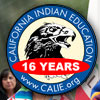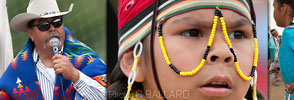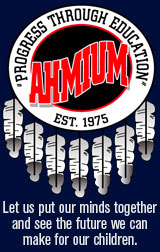 |
 |
 |












Publishing Corner: Indian Community: Science & Wonder Indian Heros: California Indian Art: CALIE Library: Academic Financial Aid: Tribal Governments: Indian Gaming: |
 Download higher-resolution photo — Carlisle Indian Industrial School, ca. 1890, Carlisle, Pennsylvania. INDIAN BOARDING SCHOOLSHISTORICAL STUDY RESEARCH GUIDE Español | 中文 | 日本 | Française | Deutsch | 한국어 | Россию | پارس
|

 President Biden Apologizes to Native Americans for Federal Indian Boarding Schools
President Biden Apologizes to Native Americans for Federal Indian Boarding Schools